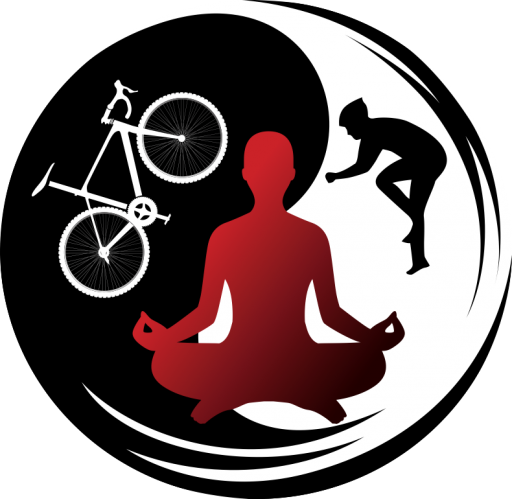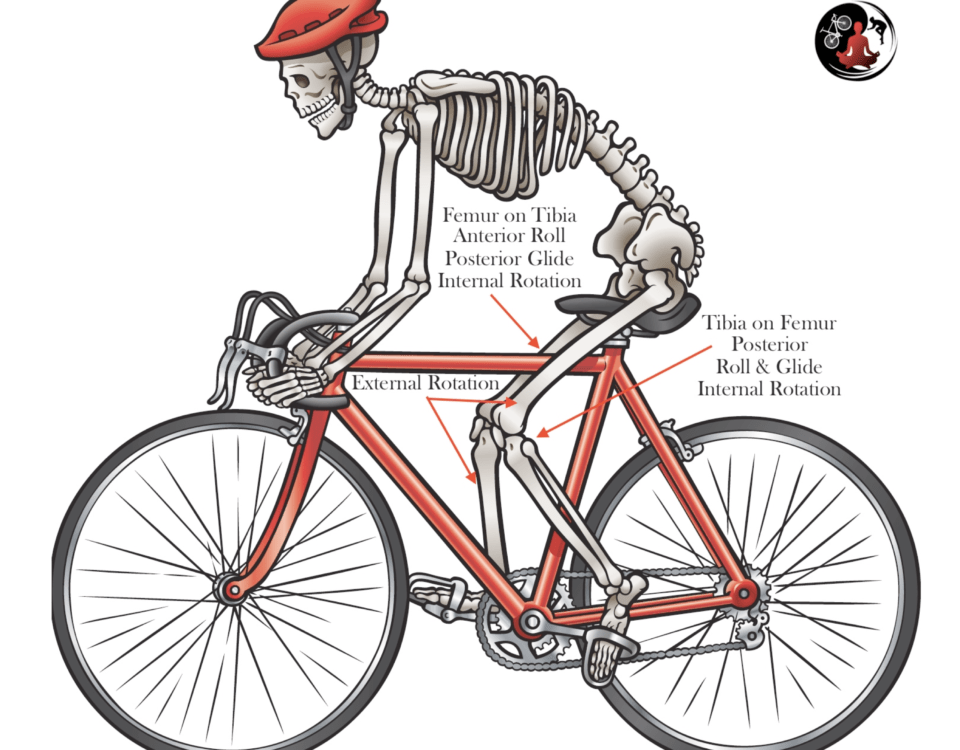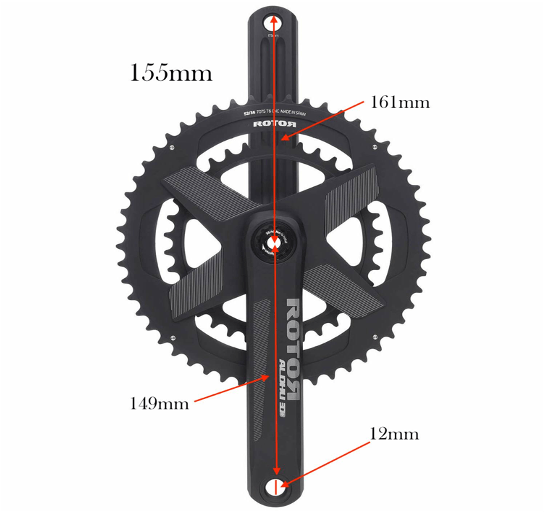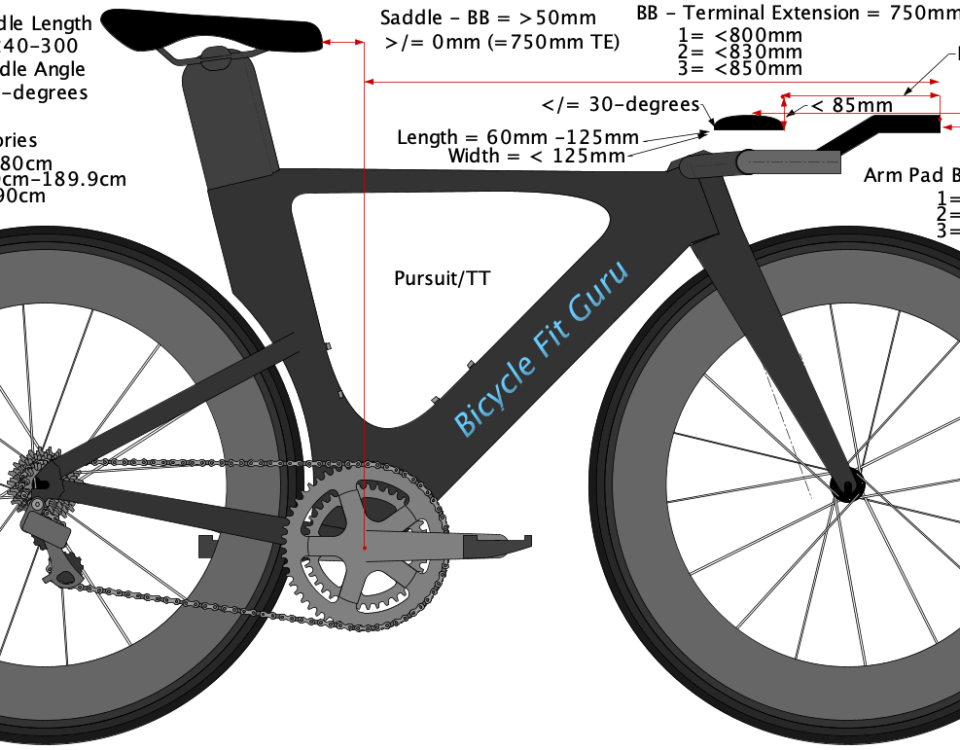Can I Get More Aero?
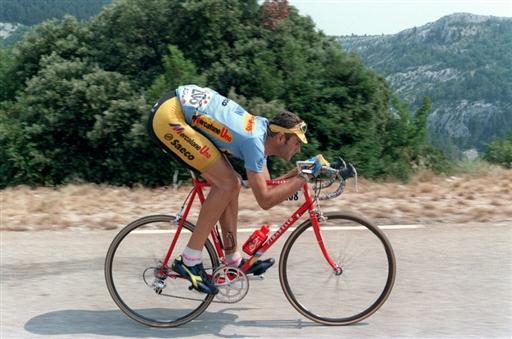
Which best describes your circumstance:
-
- My friend said I should increase my differential.
- I want my bike setup to look like [a favorite pro or friend’s].
- My flexibility and core has improved and want to see if I can increase my differential.
- I’m having difficulty creating power when my hands are on the handlebar hoods (Road).
- I’m always riding with my hands on the handlebar drops (Road).
- I’m super comfortable on the bike and transition easily through T2 (Tri).
- I’d like to reduce my CdA — improve my position aerodynamics (Tri/TT).
#1. Friends are wonderful, but in the cycling world (and elsewhere) advice is rarely objective. Anyone who understands research will explain why a sample size where n=1 can not be generalized.
#2. NEVER look at a bike to judge a persons position. We are entirely unique beings with varying morphologies. A person with short humerus bones (upper-arms) will require a higher cockpit to achieve the same trunk-profile as someone with longer humerus and lower cockpit. Same is true for all cycling disciplines.
#3. Off-Bike Interventions impact the cycling position. Improved flexibility and core-strength tends to increase effective leg extension (saddle-up), hip range of motion (cockpit-down), and trunk extension (cockpit-away). These changes are not guaranteed. Most fitters provide “former-client” or hourly rates for re-assessment/consultation. If bent on making these changes yourself, be sure to document everything before going down the “rabbit-hole”.
#4. Exposure to cycling in a good position (from a fit-perspective) fosters adaptation. What was once a “perfect” fit may now FEEL conservative or too upright. What to do? I recommend seeing your fitter for review and modification of your position. If the cockpit feels too high, your saddle probably requires adjusting too. It is OK to conduct some DYI testing, but only if making very small changes to the front end — >1.5. Find a flat section of road and identify a fixed distance. Warm up and and conduct intervals along this section removing and adding .5-1cm headset spacers to determine the most efficient and fastest time between two-points. . Test three fixed-conditions — HR, Power and Speed — and see if your intuition is accurate. Next, increase distance — ideally to the length of your course — and modify until the improvement endures. Don’t forget to modify all changes to your fitting documents.
#5. Some people prefer riding in the drops — regardless of stack — for a number reasons that I am not going to discuss here. If you answered, “Yes”, to #5, adjusting handlebar differentail/stack is definetly worth investigating.
#6. Again, I suggest seeing your fitter. Well worth the fee to get your position tweaked every year or so. 90% of my clients experience significant changes that reflect a more aerodynamic profile and effective hip angle between the first and last session. In my experience this does not occur if the person is “slammed” in the first session.
#7. If everything is optimized from a fit-perspective, maybe worth a trip to the wind tunnel. It is impossible to calculate the refined attributes of of your position/equipment will produce the least amount of drag when cycling. For example, research at the Specialized Wind Tunnel suggests that the movement patterns associated with excessive handlebar “drop” increase drag. Cobb tells me that he can NEVER predict what changes are necessary outside the tunnel, and that a stable, powerful position is necessarty for the best outcome. Steve Hed didn’t rely on wind tunnel findings because the data could not be replicated in real-life situations. I recommend seeing someone with a ton of experience like John Cobb. He’s a super-cool person and a pioneer of aerodynamics in the bicycle industry.
Here is a fun site to examine power/CdA in simulated race-situations:
http://www.cyclingpowerlab.com/Introduction.aspx
